Home>Ideas and Tips>Home Office Bookshelf Organization for Efficient Literature Storage


Ideas and Tips
Home Office Bookshelf Organization for Efficient Literature Storage
Modified: November 1, 2024
Discover efficient methods to organize your home office bookshelf, maximizing space and enhancing aesthetics for a clutter-free, productive workspace.
(Many of the links in this article redirect to a specific reviewed product. Your purchase of these products through affiliate links helps to generate commission for Storables.com, at no extra cost. Learn more)
In the heart of every home office lies a crucial element that not only enhances the aesthetic appeal but also serves as a functional storage solution: the bookshelf. For book lovers and professionals alike, organizing a home office bookshelf is an essential task that requires both practicality and creativity. So, why is bookshelf organization so important?
A well-organized bookshelf serves multiple purposes. First off, it provides efficient storage. By categorizing and arranging books logically, you can quickly locate any title, reducing the time spent searching through shelves. This is especially handy when you’re in a rush or need to find that one book for a meeting or project. Secondly, a neatly arranged bookshelf adds a touch of elegance to your home office, making it a pleasant space to work in. Who doesn’t love a tidy, aesthetically pleasing environment? It’s like having a mini-library right at your fingertips. Thirdly, the way you organize your books reflects your personality and interests, making it a unique aspect of your workspace. It’s a subtle way to show off your tastes and preferences without saying a word. Lastly, a clutter-free environment fosters better focus and productivity, allowing you to concentrate on your tasks without distractions. A messy space can lead to a messy mind, and nobody wants that.
Now, let’s dive into various methods of organizing your home office bookshelves. There are several techniques, each with its own set of advantages and disadvantages. Let’s explore some of the most popular ones.
Alphabetical Organization
Alphabetizing is one of the most straightforward methods of organizing books. You can either arrange them by the author's last name or title. This method is particularly useful if you frequently need to find specific books quickly.
Pros:
- Ease of Use: Alphabetizing is simple and easy to understand.
- Accessibility: Friends, family, or colleagues can easily locate a book on your shelves if they know the alphabet.
Cons:
- Lack of Creativity: Alphabetical organization may not be visually appealing or unique.
- Time-Consuming: Adding new books to an alphabetized collection can be time-consuming as it requires shifting existing books.
Read also: 11 Best Office Bookshelf for 2025
Genre-Based Organization
Organizing books by genre is another popular method. This involves grouping books into categories such as fiction, non-fiction, mystery, romance, etc.
Pros:
- Ease of Access: Books are grouped by subject matter, making it easy to find a specific type of book.
- Visual Appeal: Genre-based organization can create a visually appealing arrangement on the shelf.
Cons:
- Limited Flexibility: This method may not accommodate books that belong to multiple genres.
- Overcrowding: If you have a large collection, genre-based organization might lead to overcrowding on the shelves.
Color-Based Organization
Organizing books by color is a creative and visually appealing method. This involves arranging books in a rainbow pattern or by specific colors.
Pros:
- Aesthetic Appeal: Color-based organization creates a stunning visual display.
- Mood Enhancement: Books arranged by color can enhance the mood of the room.
Cons:
- Time-Consuming: Sorting books by color can be labor-intensive.
- Limited Practicality: This method may not be practical for large collections or frequent searches.
Size-Based Organization
Organizing books by size is another practical method. This involves stacking smaller books on top of larger ones or vice versa.
Pros:
- Space Efficiency: Size-based organization maximizes shelf space by stacking books effectively.
- Visual Appeal: The alternating sizes create a visually appealing arrangement.
Cons:
- Limited Flexibility: This method may not accommodate books of varying sizes evenly.
- Stacking Risks: Stacking books can lead to instability if not done correctly.
Hybrid Organization
Combining multiple methods is often the most effective way to organize a home office bookshelf. For instance, you might use a combination of alphabetical and genre-based organization.
Pros:
- Flexibility: Hybrid organization allows for flexibility in categorizing books.
- Practicality: It balances the need for easy access with visual appeal.
Cons:
- Complexity: Hybrid organization can be more complex to maintain.
- Time-Consuming: It may require more time to set up initially.
Practical Tips for Efficient Bookshelf Organization
While the methods mentioned above provide a solid foundation for organizing your home office bookshelf, there are several practical tips that can enhance your efforts:
-
Start with a Clean Slate
Begin by removing all items from the shelf. This blank canvas allows you to approach the organization process with a fresh perspective. -
Use Vertical and Horizontal Placements
Combining vertical and horizontal book placements can bring a stylish touch to your space. This also provides opportunities to adorn stacks with decorative pieces and bookends. -
Maximize Shelf Space
Use every inch of shelf space by stacking books horizontally or vertically. Consider using bookends to keep stacked books stable and prevent them from falling. -
Utilize Unused Spaces
Make the most of unused spaces by stacking books under beds, in empty drawers, or under coffee tables. You can also hang shelves from any unused space, such as the area above your fridge. -
Display Favorites Front and Center
Instead of lumping your favorite books in with all their peers, display them front and center where they can shine. This adds a personal touch to your bookshelf and makes it more enjoyable to browse through. -
Organize by Reading Status
Create sections for books you’ve read, are currently reading, and the ever-growing to-be-read pile. This way, you can proudly display just how many books you’re pretending you’ll get to next. -
Incorporate Decorative Elements
Infuse distinctive and character-filled objects into your bookshelf exhibit. Consider incorporating handcrafted artisanal decorations or mementos from your journeys. Interspersing books with framed photographs, antiques, flowers, candles, and small artworks can transform your bookshelf into an engaging exhibit that showcases your distinct style and passions.
Real-Life Examples of Bookshelf Organization
Let's look at some real-life examples of how different individuals organize their home office bookshelves:
Example 1: Alphabetical Organization
Matthew Budman and Cristina Beltrán, a literary editor and political science scholar respectively, transitioned from a spacious six-bedroom suburban residence to a compact 900-square-foot Manhattan dwelling. Despite the space constraints, they maintained an impressive collection of 12,000 books by organizing them alphabetically. This method ensured that they could quickly locate any title, even in their new, smaller space.
Example 2: Genre-Based Organization
A children’s librarian shared her practical approach to organizing her office bookshelves. She divided her floor-to-ceiling built-in bookshelves into sections based on genres and themes. For instance, she kept holiday books on the top three shelves, followed by Everyday Reading Book Club books, then grown-up novels, middle grade books, and beginning reader books in baskets.
Example 3: Hybrid Organization
Another example comes from a book enthusiast who combined multiple methods for organizing their IKEA bookshelves. They arranged adult paperback novels on one side and adult hardcover novels on another. The middle shelves housed non-fiction books and educational materials while the bottom shelves featured religious books, cookbooks, and family photo albums.
Conclusion
Organizing your home office bookshelf is not just about aesthetics; it's about creating a functional space that enhances productivity and personal expression. By combining different methods such as alphabetical, genre-based, color-based, and size-based organization, you can create a hybrid system that suits your needs perfectly. Remember to start with a clean slate, maximize shelf space, display favorites front and center, incorporate decorative elements, and utilize unused spaces creatively. Whether you're a serious book lover or a professional looking to optimize your workspace, these tips will help you achieve an efficient and visually appealing bookshelf that reflects your unique personality and interests.
In conclusion, a well-organized home office bookshelf is not only a reflection of your background but also a testament to your ability to manage complexity effectively. By embracing these practical tips and real-life examples, you can transform your bookshelf into an engaging exhibit that showcases your literary collection while maintaining an efficient storage solution for all your books.
Was this page helpful?
At Storables.com, we guarantee accurate and reliable information. Our content, validated by Expert Board Contributors, is crafted following stringent Editorial Policies. We're committed to providing you with well-researched, expert-backed insights for all your informational needs.


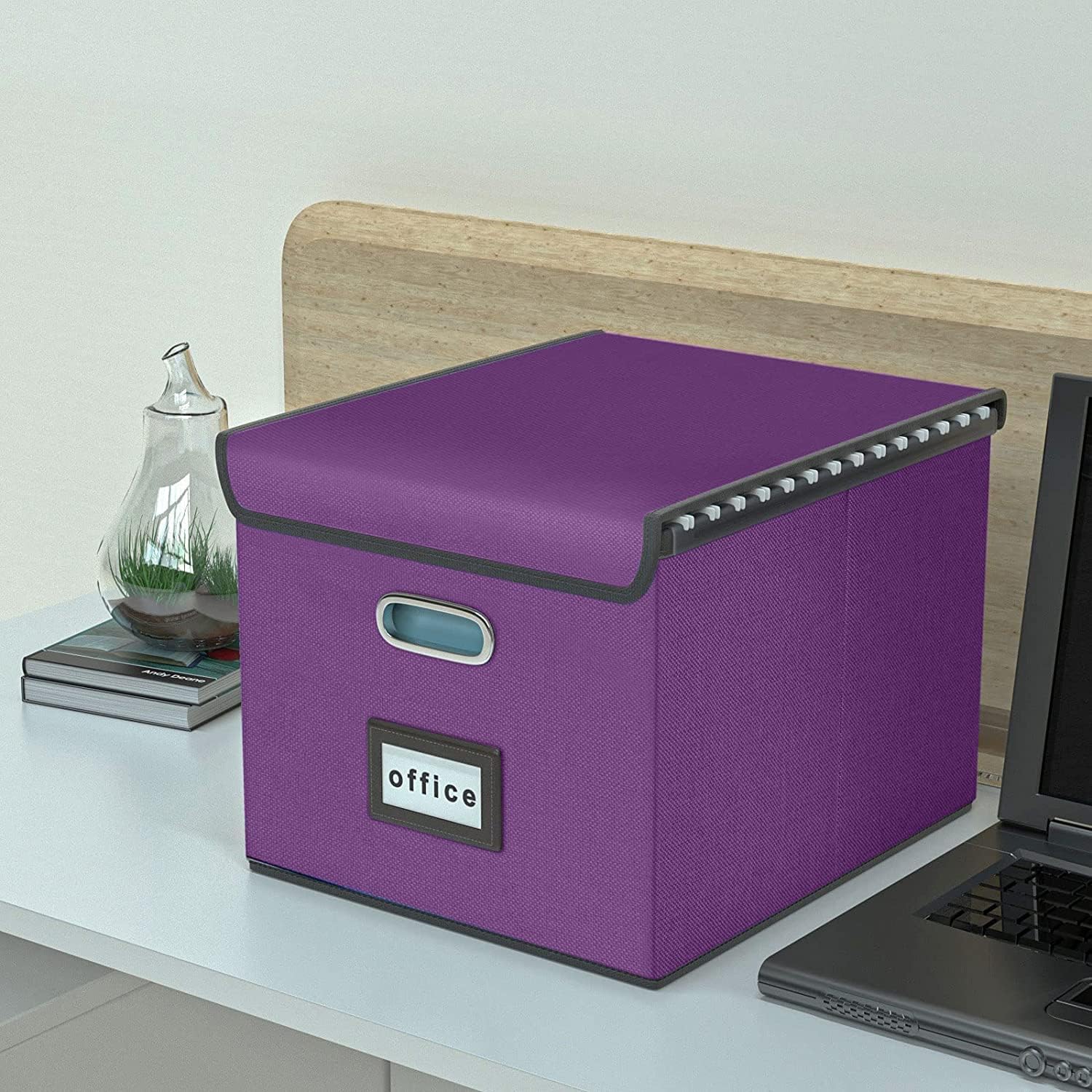

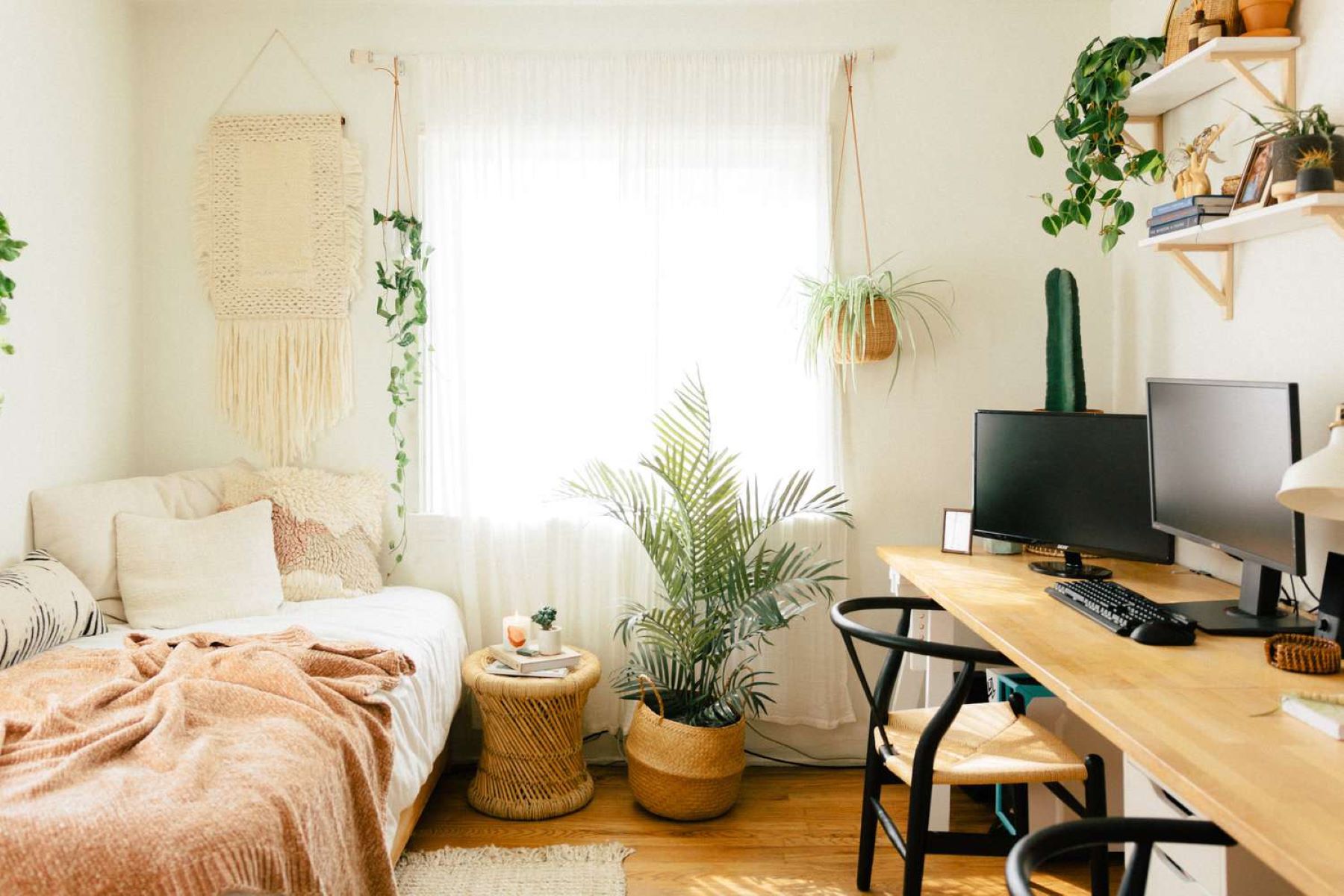
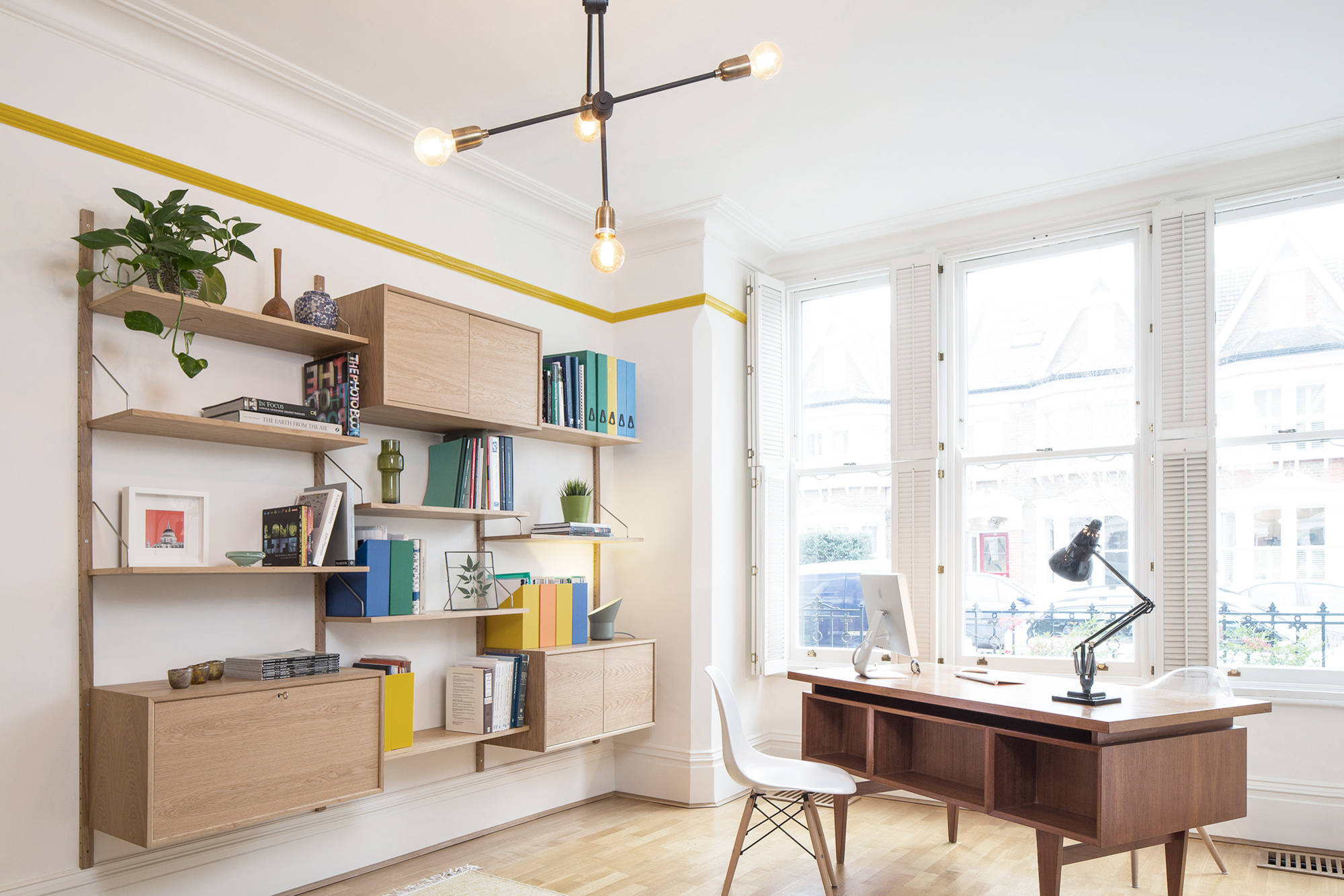
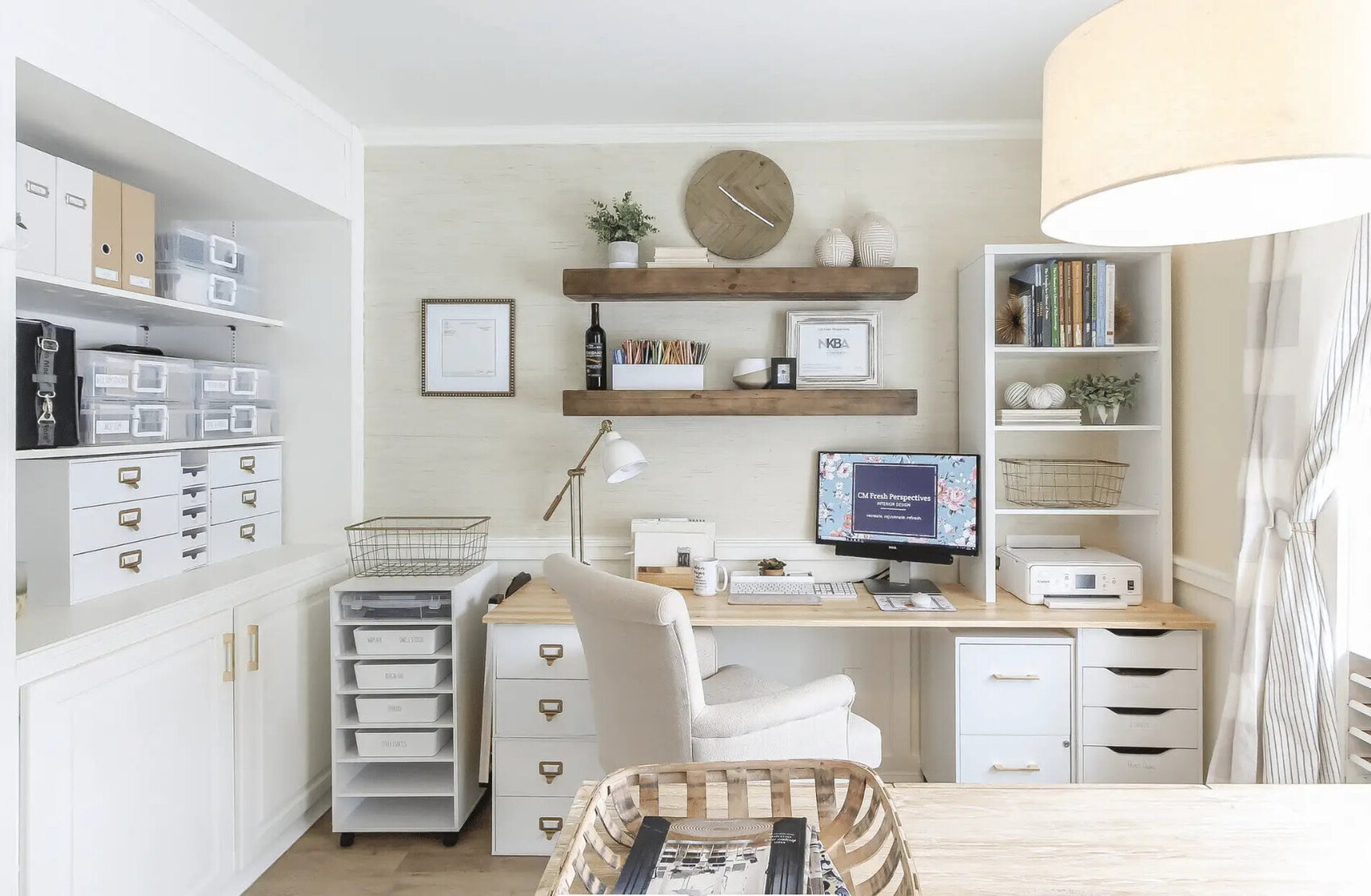
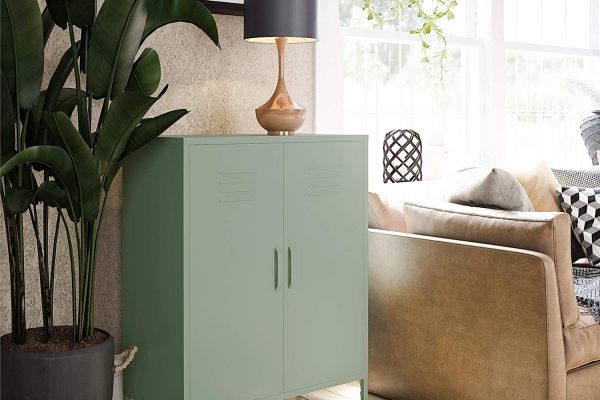

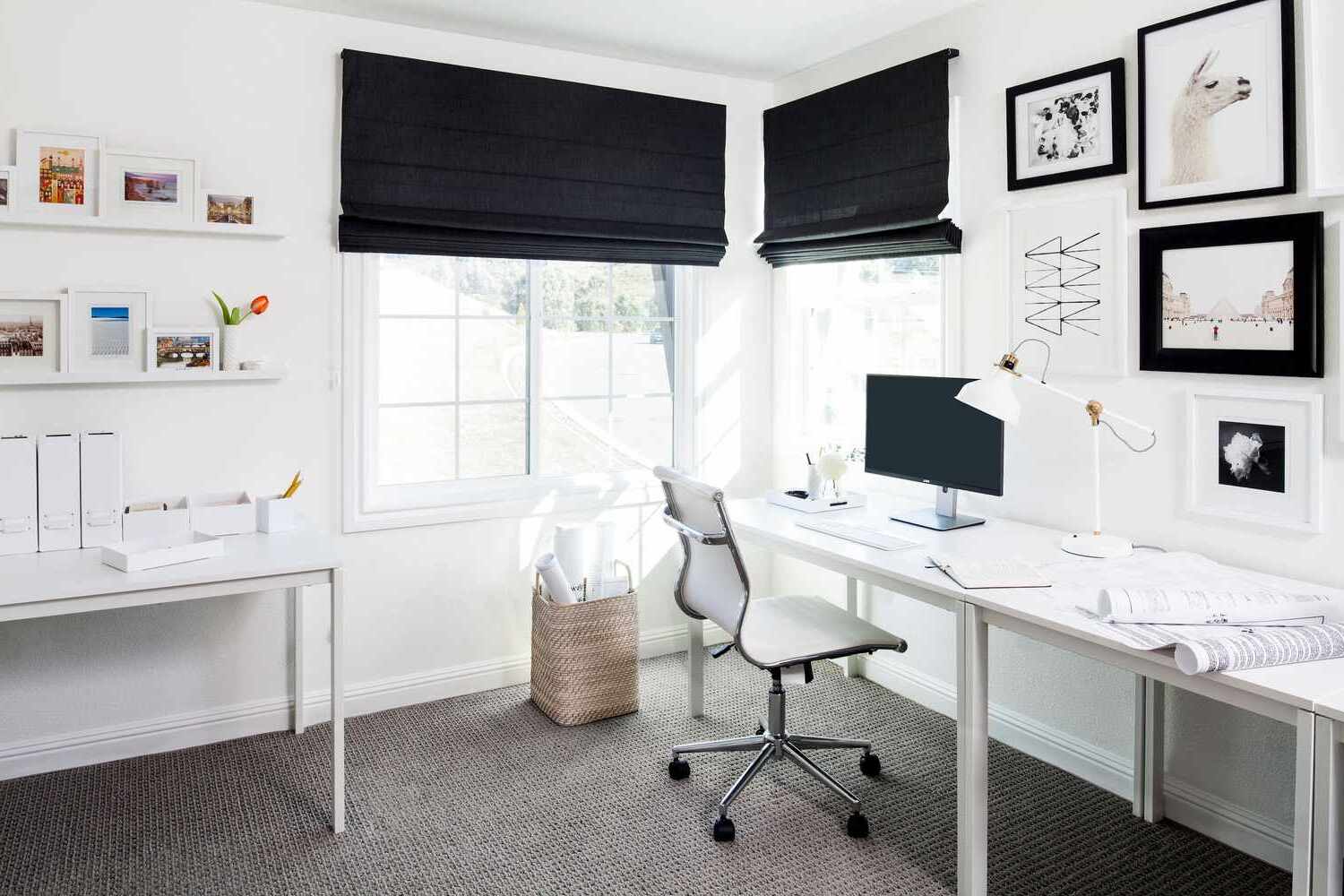
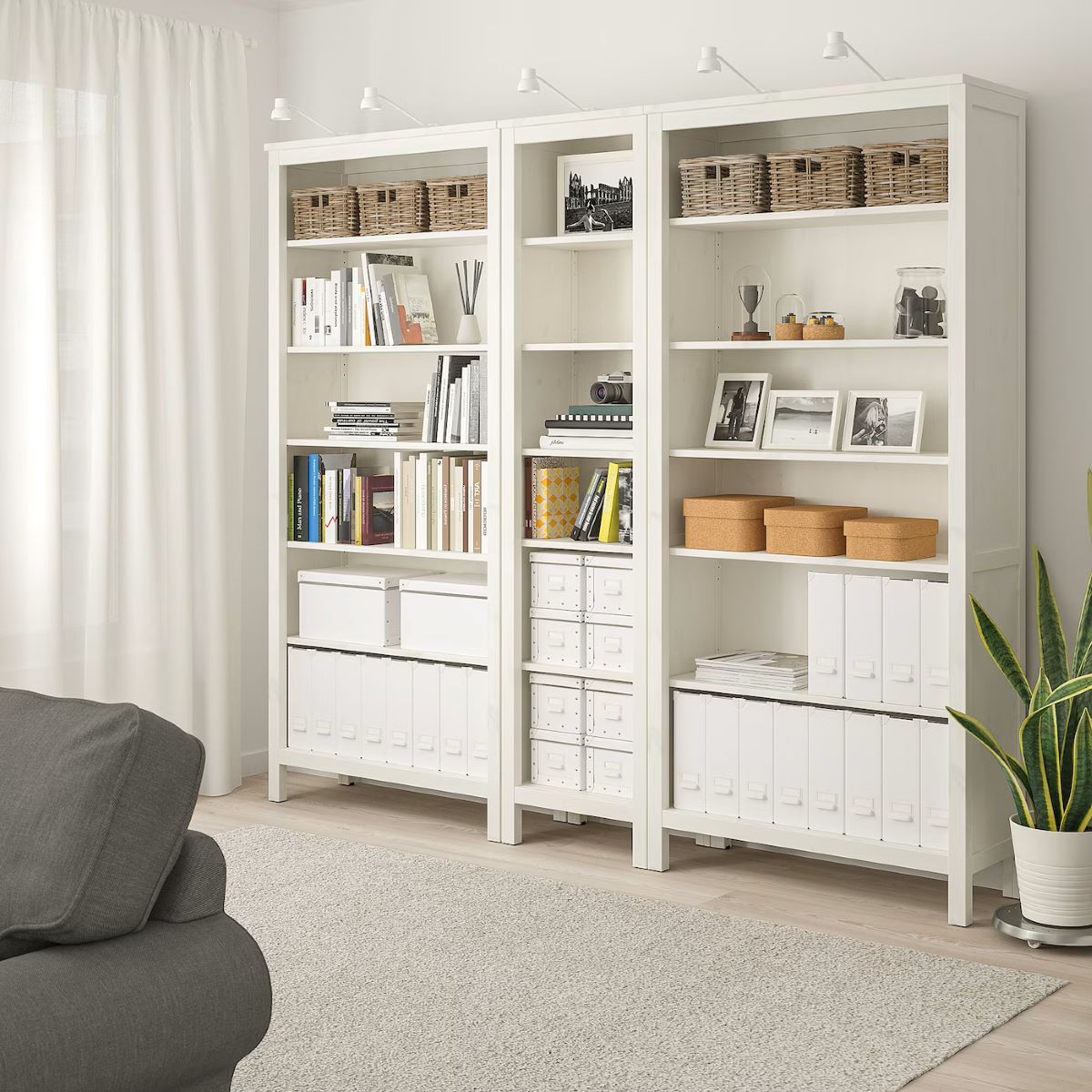
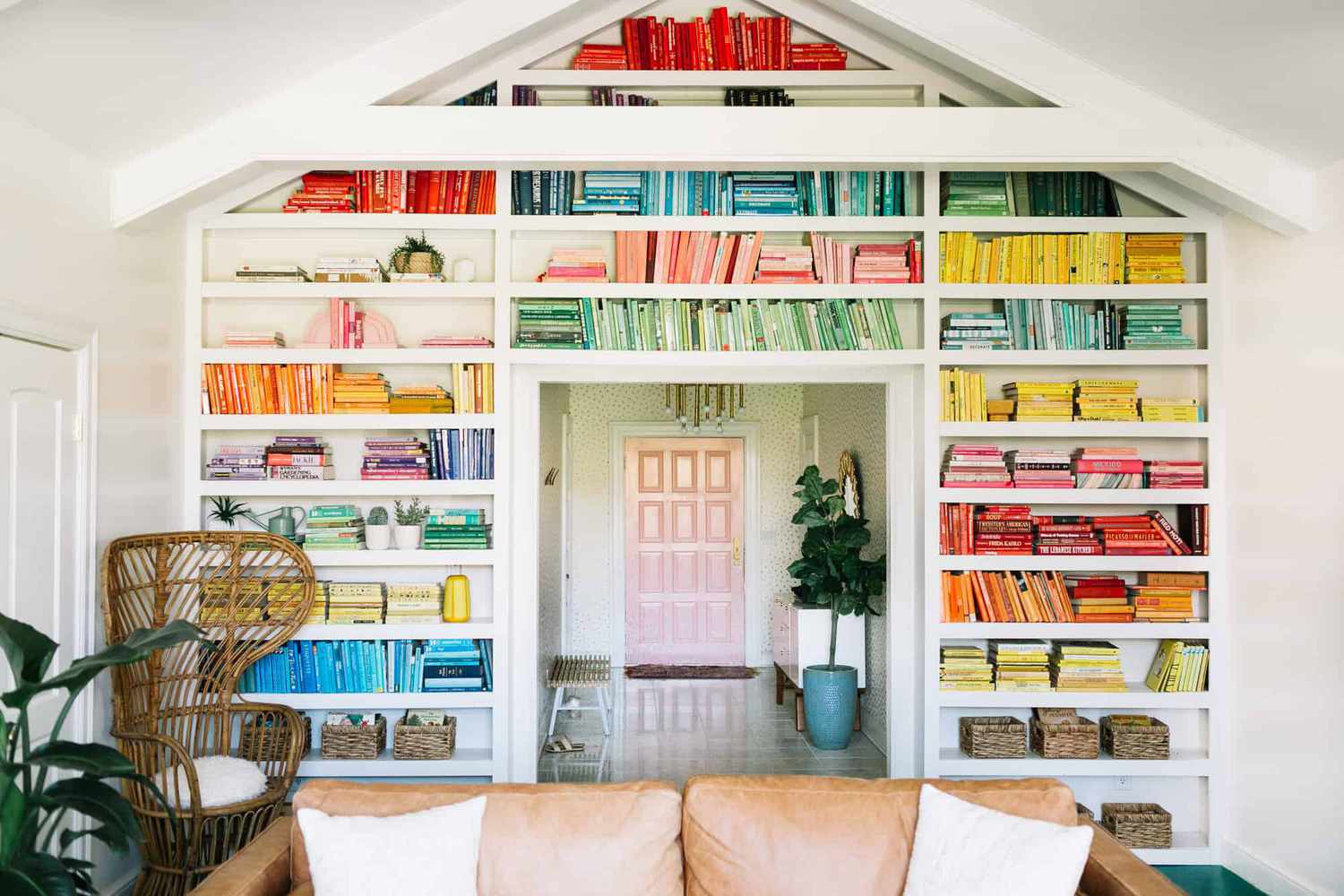
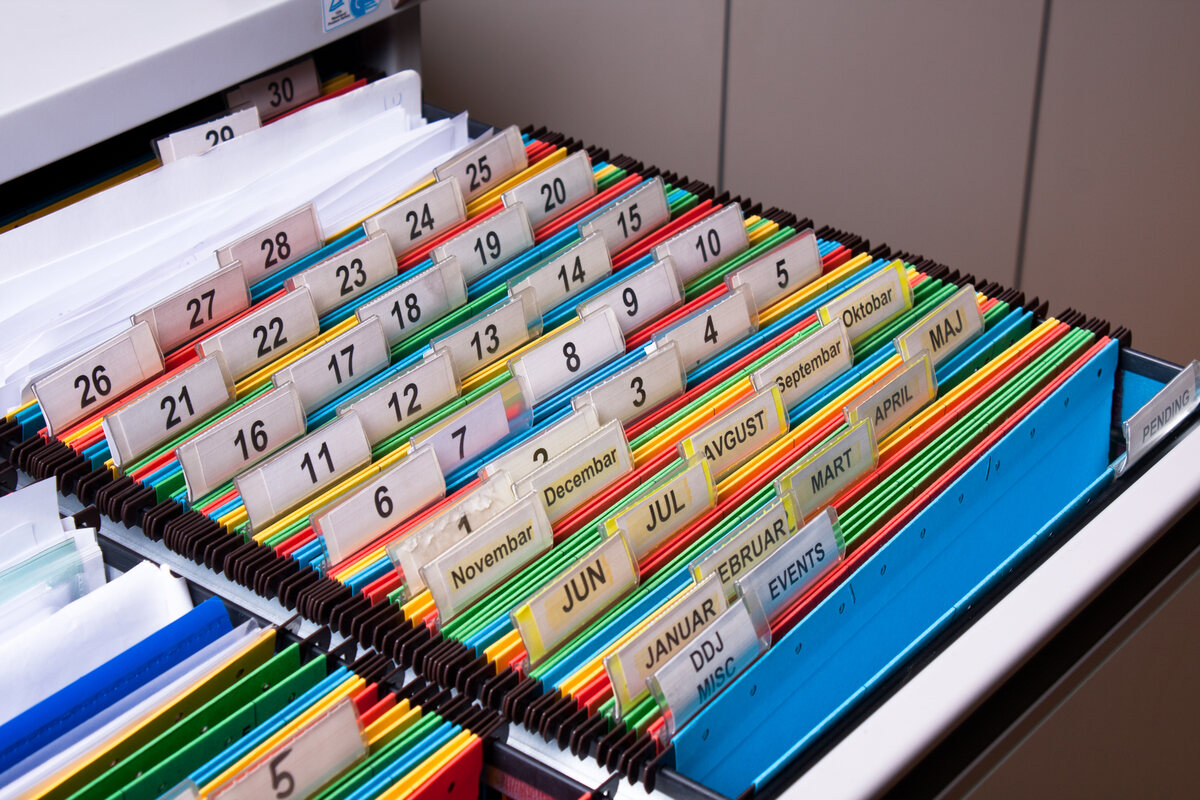
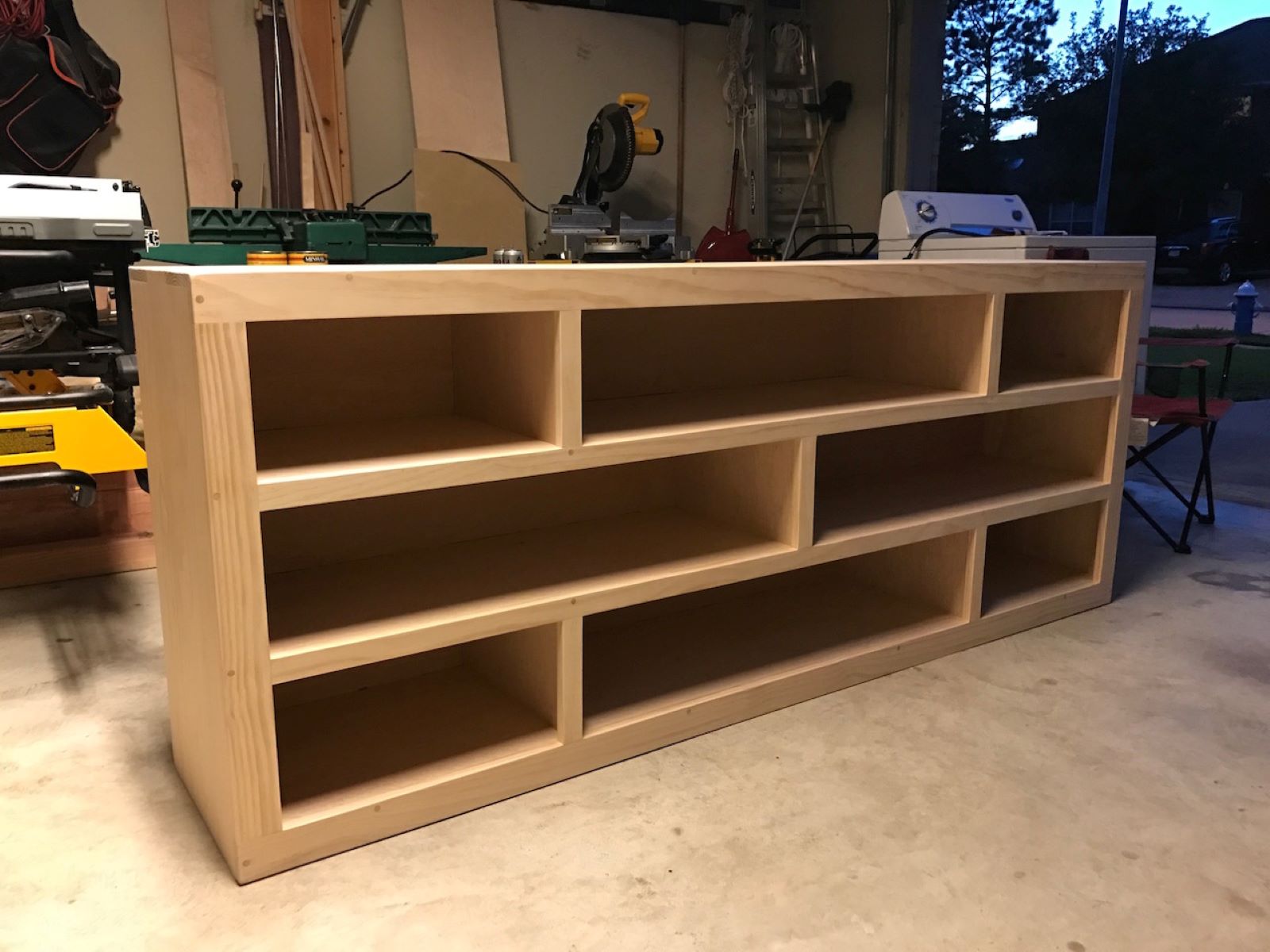

0 thoughts on “Home Office Bookshelf Organization for Efficient Literature Storage”